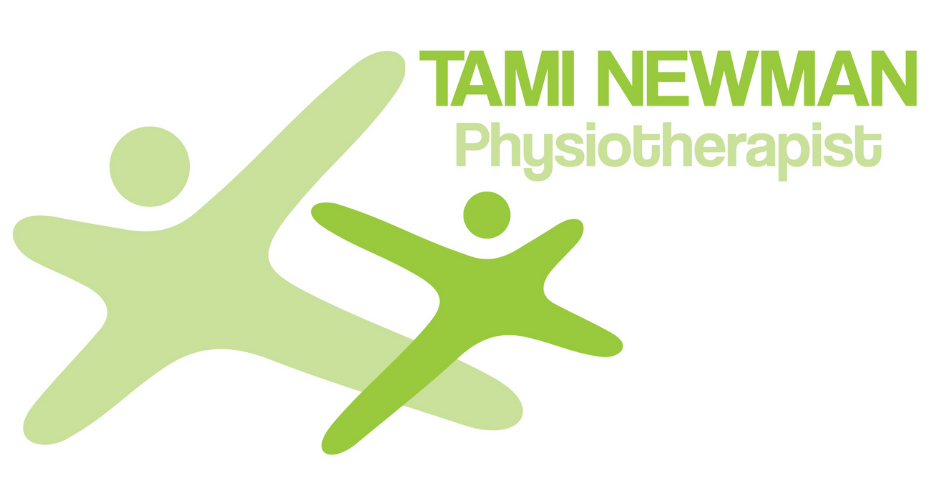More and more people around the world are using tablet computers like the Apple iPad. It is estimated that by 2015, there may be as many as 80 million tablet users in the United States alone.
The simplicity of these hand-held devices can make life easier but for some they may literally be a pain in the neck.
Recently, researchers at the Harvard School of Public Health (HSPH) begun quantifying the ways in which a person’s posture, and also the design of the tablet and its case, affect comfort—evidence that will help companies develop new ergonomic guidelines as tablets become more common in the workplace. “The beauty of tablets and other mobile devices is their flexibility,” said lead author Jack Dennerlein, director of the Occupational Biomechanics and Ergonomics Laboratory at HSPH. “You can use them almost anywhere and in different ways. You can hold them in your lap; you can hold them in your hand. The problem is that some of the postures people are in when using a tablet can be awkward and lead to discomfort with prolonged use.”
In this study, Dennerlein and his colleagues studied 15 experienced tablet users in 4 different postures. While users browsed the Internet, responded to email, played games, and watched a movie, their head and neck posture and gaze angle were measured using an infrared three-dimensional motion analysis system.
The researchers found that placing a tablet on the lap created the greatest strain because it forces the user to look down at a steep angle, causing head and neck flexion. Working for long periods of time with the head slumped forward and the neck flexed can result in neck pain. Users held their heads in the most neutral positions when sitting in the Table-Movie configuration (tablet placed on table in case at its higher angle setting—73 degrees for the iPad).
Tablets are changing the way we work and their popularity is continually increasing so how do you ensure that your tablet doesn’t cause you pain?
– Vary your posture every 15 minutes
– Use a case that doubles as a stand – these reduce the need to grip the device and allow it be propped up at an angle which minimizes neck strain
– Switch between using your tablet and your desktop computer. If you are going to be doing a lot of typing, rather use your desktop computer
– Take regular breaks from looking at your screen and stretch your neck everyday
